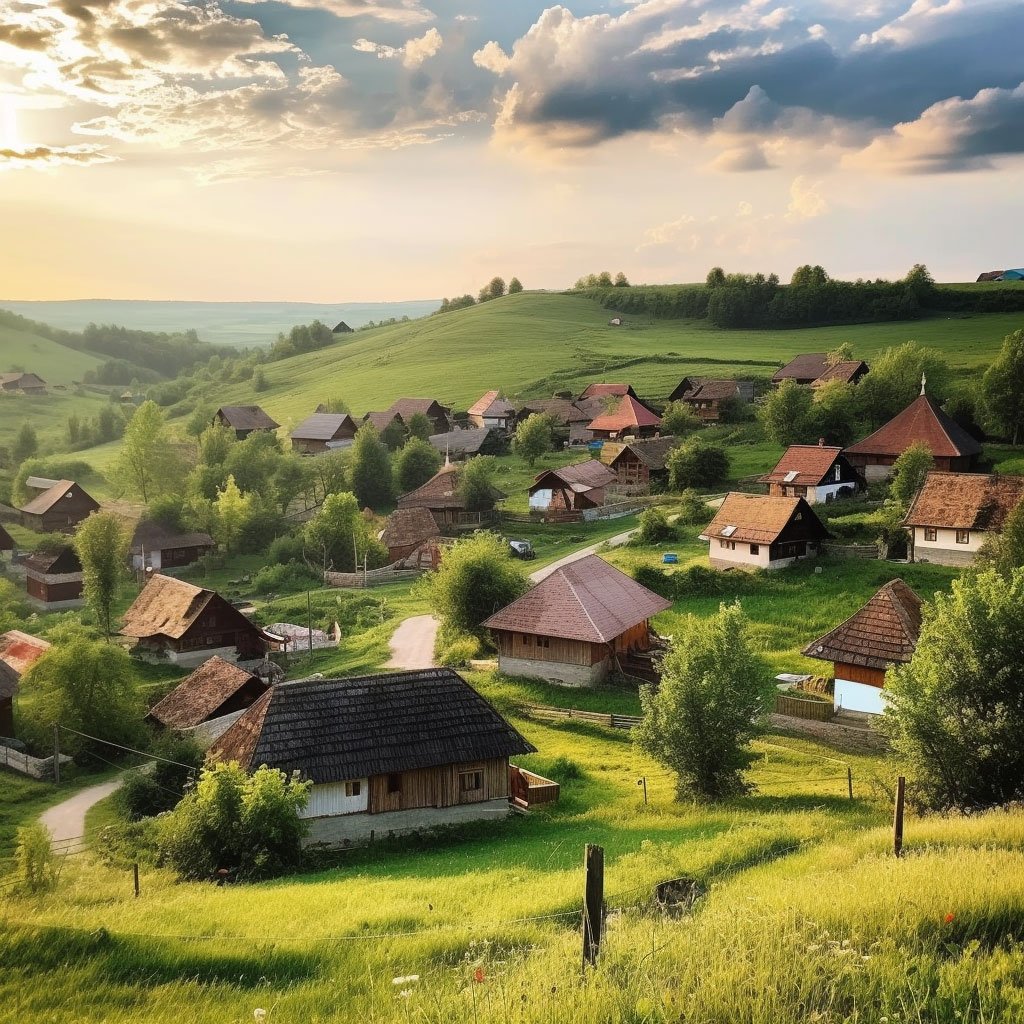
Traveling to the traditional villages of Romania is like stepping into a time machine. The rustic charm of Maramureș and Sibiu transports visitors back to a simpler era, where age-old customs, crafts, and folk culture remain an integral part of daily life.

Maramureș: A Living Museum
Maramureș, located in northern Romania, is often referred to as a ‘living museum.’ Its wooden churches, traditional houses, and locals clad in folk costumes offer a glimpse into the region’s past. The village’s distinguishing feature is its handcrafted wooden gates, symbolic of the villagers’ masterful craftsmanship.

Sibiu: A Harmony of Cultures
In contrast, Sibiu, located in Transylvania, boasts a harmonious blend of Romanian and Germanic influences. Its beautifully preserved old town with colorful baroque houses and cobblestone streets exudes a fairytale-like charm. The locals continue their ancestral crafts, and annual cultural festivals breathe life into its historic squares.

Folk Culture: Unbroken Traditions
The enduring traditions in these villages serve as an emblem of Romania’s rich folk culture. Age-old customs, from intricate embroidery and pottery making to traditional dances and music, are still practiced and preserved.

Conclusion: The Soul of Romania
These traditional Romanian villages represent the heart and soul of the country. By preserving their history, culture, and traditions, Maramureș and Sibiu provide not just a retreat from the hustle and bustle of modern life, but also a connection to a rich, vibrant past that continues to shape the nation’s identity.
